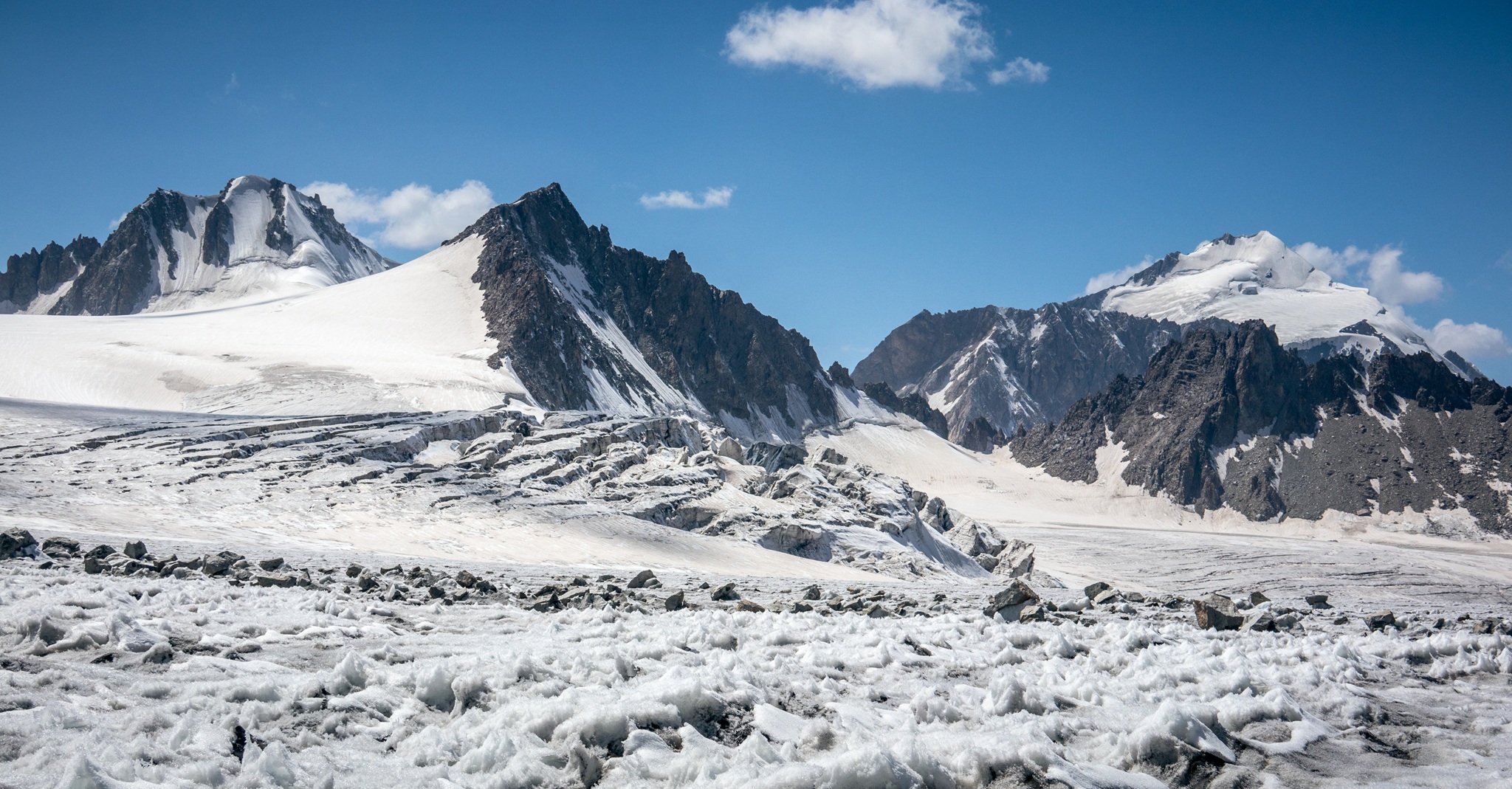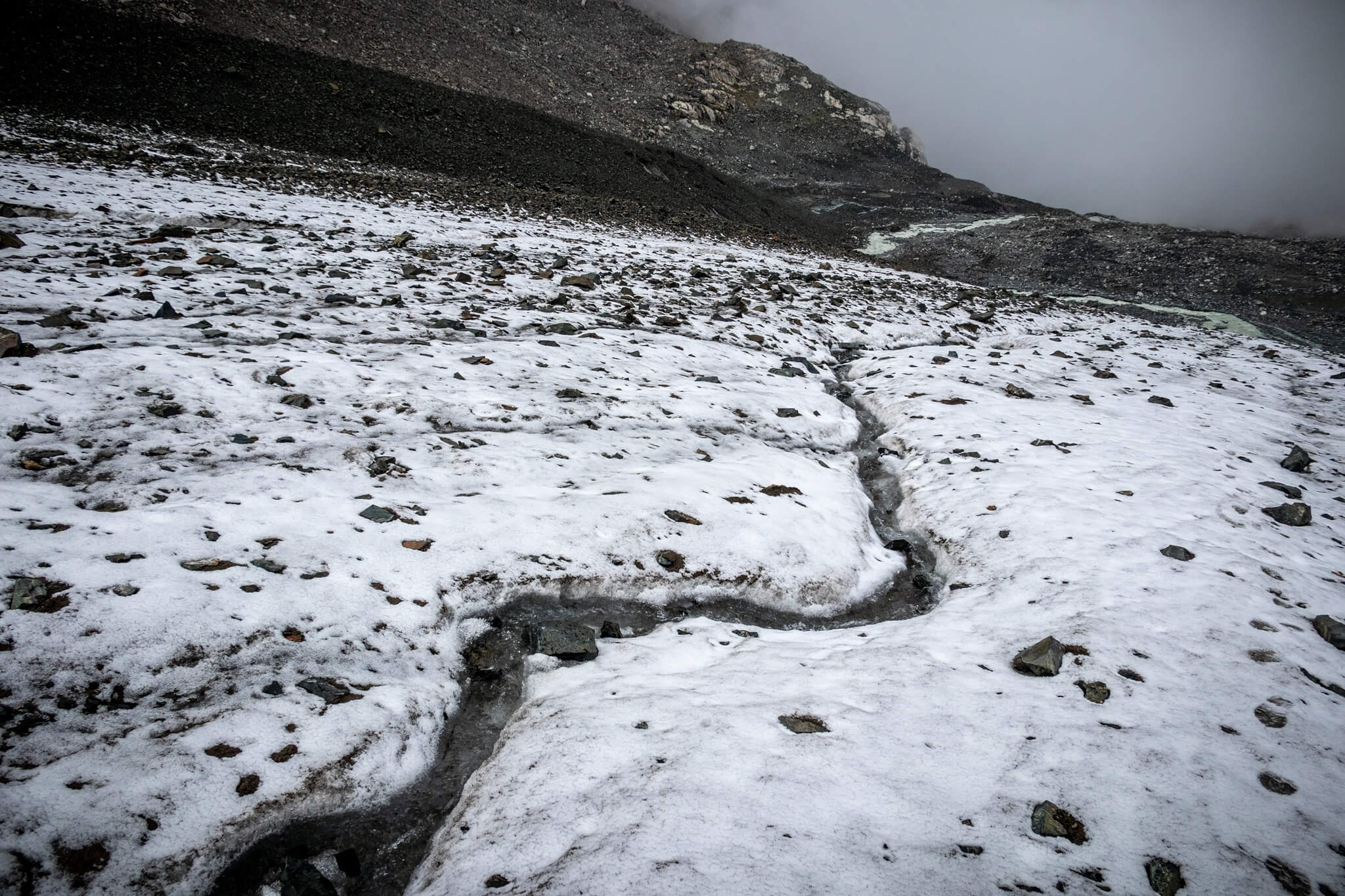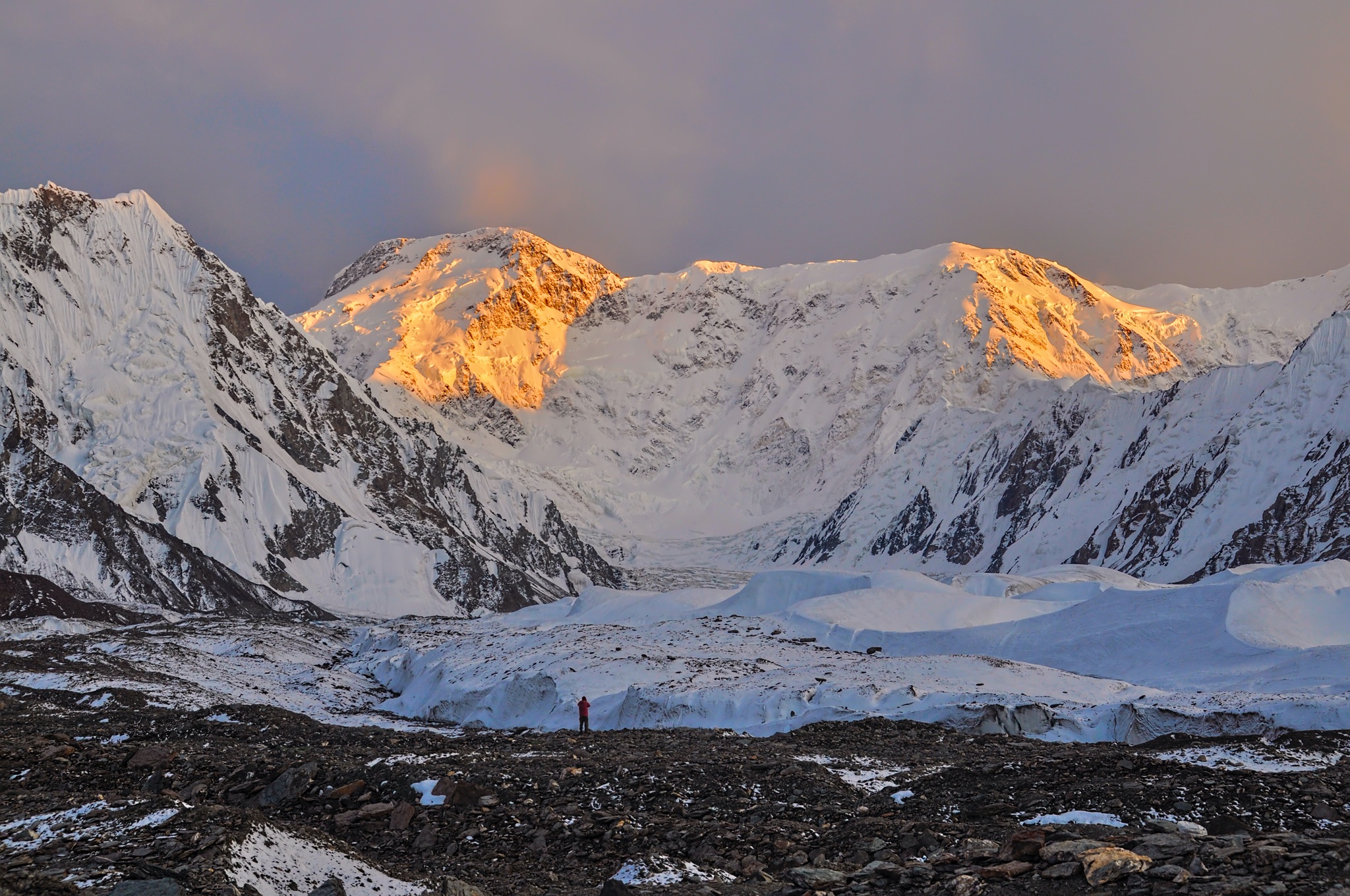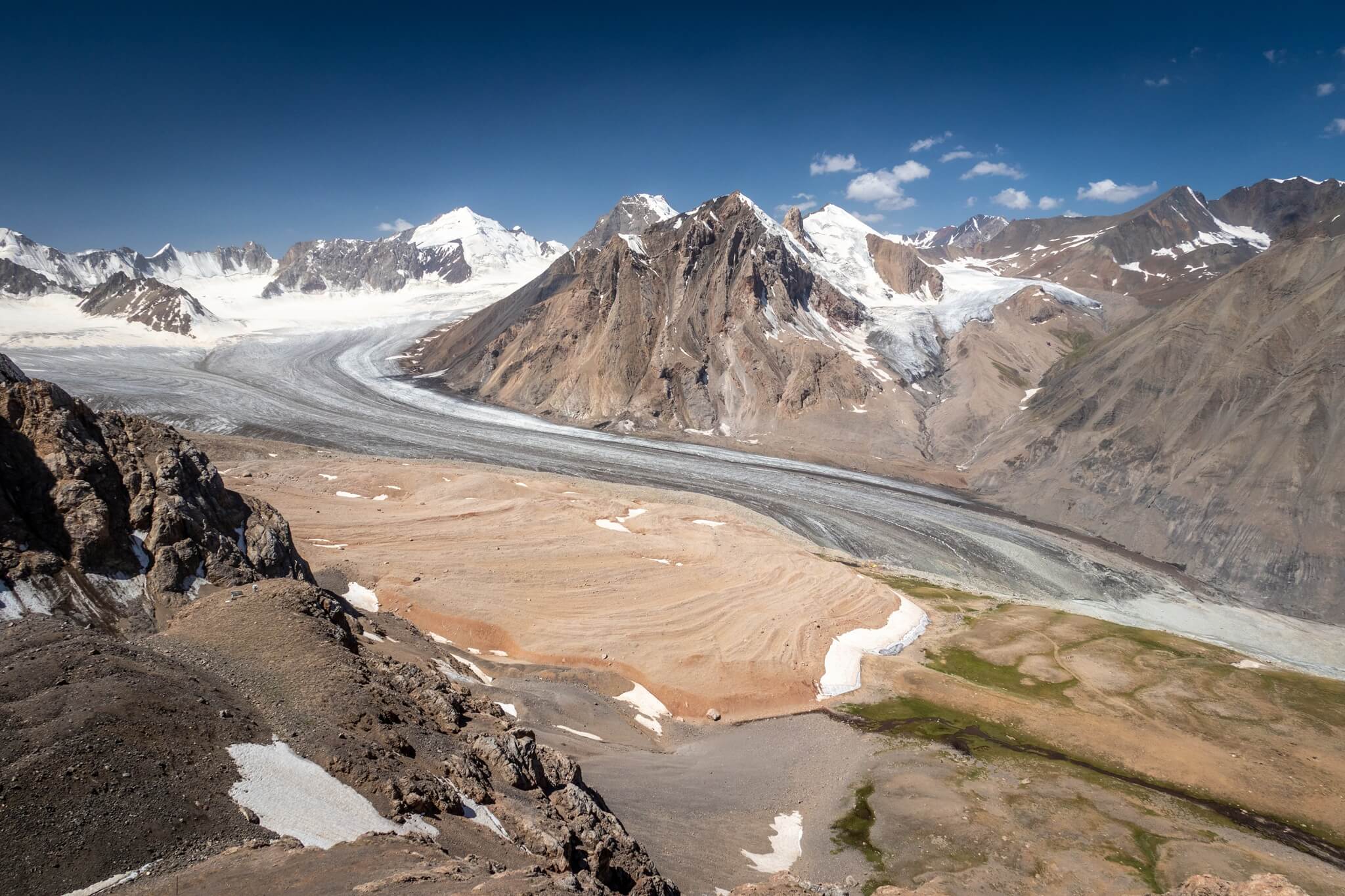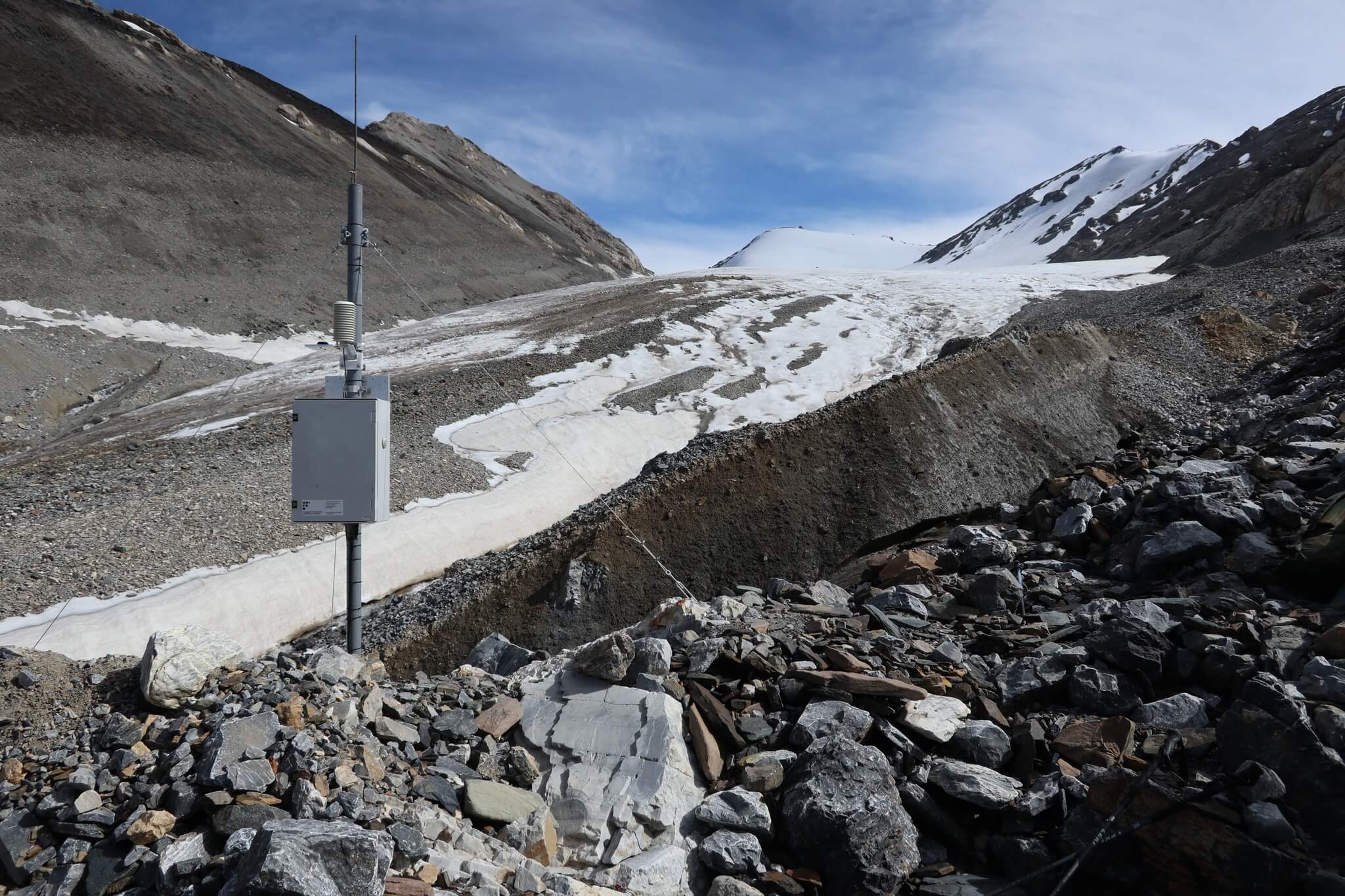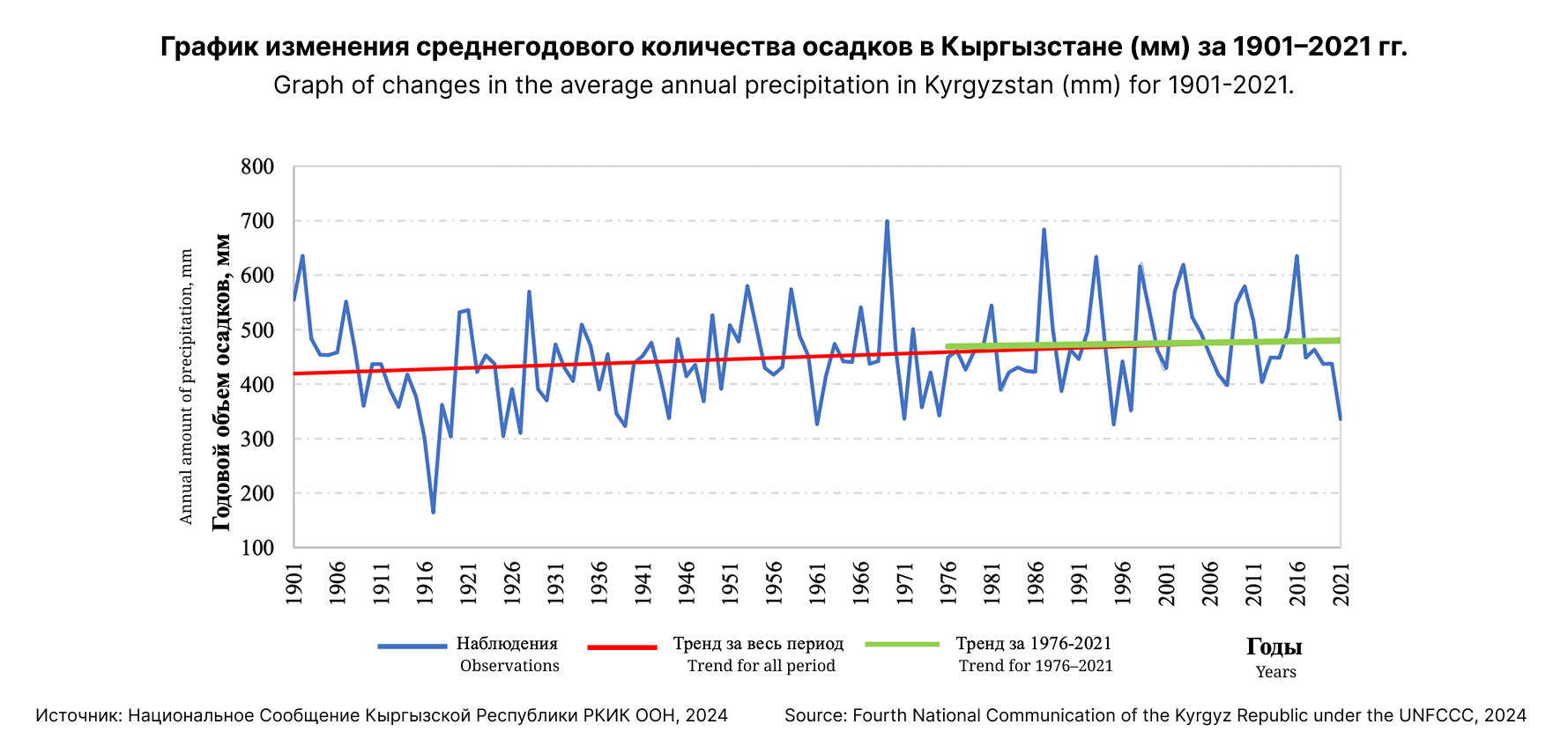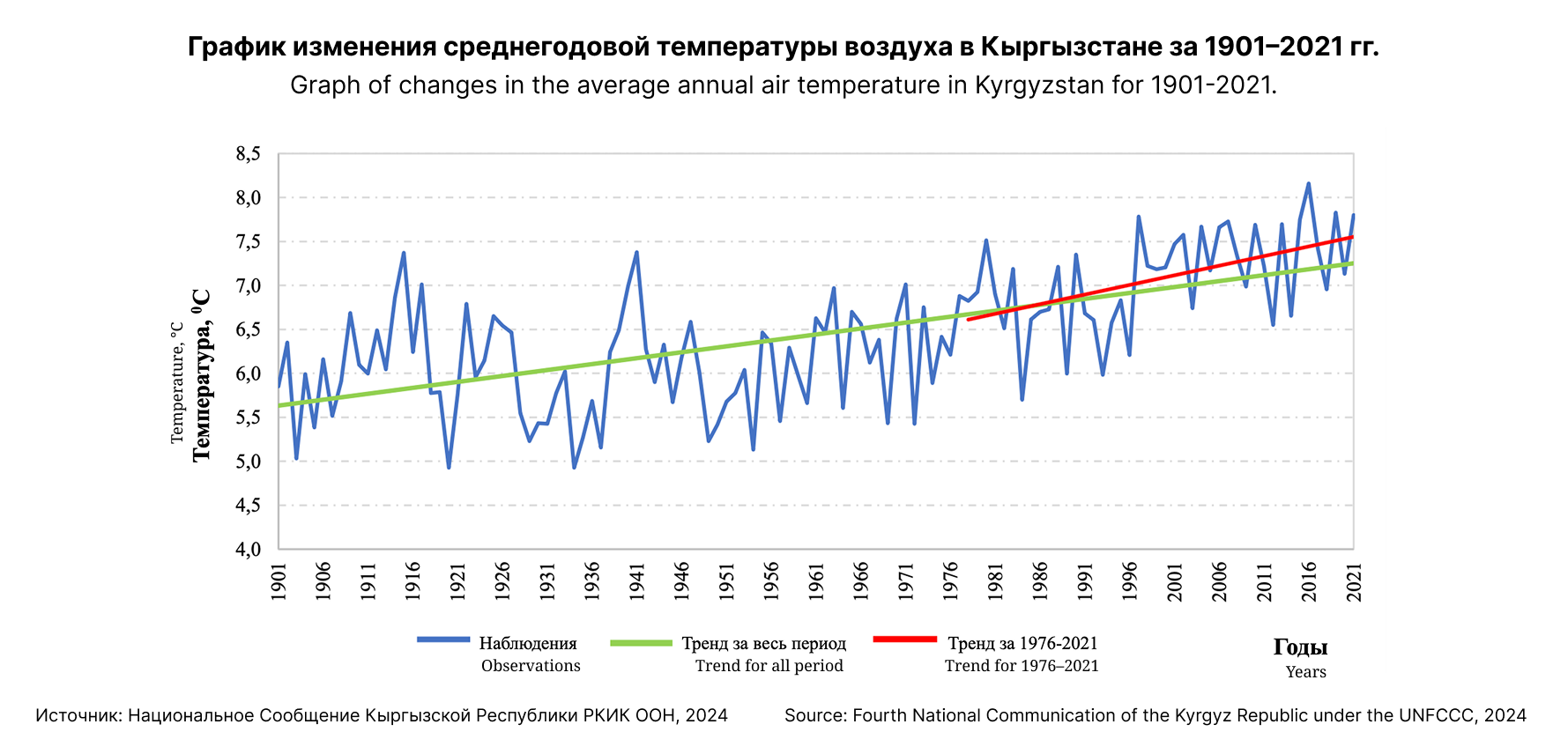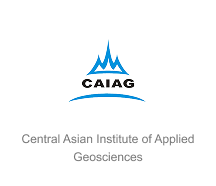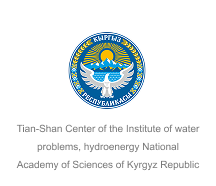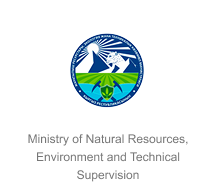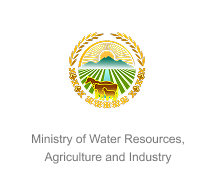A Country Among the Clouds
Imagine a country where almost the entire territory is located high in the mountains—from 488 meters to a breathtaking 7,439 meters above sea level. This is the Kyrgyz Republic, a true mountain fortress of Central Asia, where the average elevation is 2,630 meters. Here, 93% of the territory consists of the majestic mountains of Tien Shan and Pamir-Alay, while comfortable valleys for living occupy less than 30% of the country.
In this high-altitude world, where the air is thin and the sky seems particularly close, nature has created a unique water supply system—the cryosphere. These are glaciers, snow cover, and permafrost that work as giant natural reservoirs, providing the country with vital water resources.
Ice Treasures in the Mountains
The mountains of Kyrgyzstan contain nearly 10 thousand glaciers—more precisely, 9,957—which cover 6,804.8 km². This is more than 3% of the entire country's territory! Among them are 6,229 large glaciers with an area exceeding 0.1 km² and 3,728 small ice sections.
These glaciers are not just beautiful mountain landscapes. They serve as natural reservoirs that accumulate water in winter as snow and ice, then gradually release it to rivers in summer. Glacial meltwater feeds 80% of Kyrgyzstan's rivers, especially during dry summer months when water is particularly needed for agriculture and meeting population needs.
Interestingly, systematic observations are conducted on only 9 glaciers out of nearly ten thousand. This important work is carried out by three organizations: Kyrgyzhydromet, the Tien Shan High-Altitude Research Center, and the Central Asian Institute for Applied Earth Research.
Amazing Facts About Glaciers
The Abramov Glacier in the Pamir-Alay mountains receives 750 mm of precipitation annually, with precipitation increasing by 1,200 mm for each kilometer of elevation. This shows how mountains literally "squeeze" moisture from the air, creating ideal conditions for glacier formation.
Like glaciers in many mountain regions worldwide, Kyrgyzstan's glaciers are subject to natural changes. For comparison with similar mountain systems, monitoring data from Kazakhstan's Tuyuksu glacier shows it loses an average of 0.4 meters of water equivalent annually since 1957. Scientific research indicates that by 2050, glaciers could lose up to 50% of their mass.
The Snow Blanket of Mountains
Snow cover on the slopes of Kyrgyz mountains serves as a seasonal water resource regulator. In the highest mountain areas (above 3,500 meters), snow provides 50–60% of annual river flow. At middle elevations between 2,000 and 3,500 meters, snowmelt contributes another 40% of river feeding.
The role of snow and ice at elevations above 3,800–4,000 meters is particularly important: here, up to 45% of total flow is formed from glacial meltwater.
The diversity of Kyrgyzstan's rivers is directly related to snow accumulation patterns at different elevations:
- 80% of rivers have glacial-snow feeding
- 15% have snow-rain feeding
- 5% have pure snow feeding
Modern satellite observations show that snow cover duration at middle elevations is gradually changing. This affects the nature of spring melting and seasonal distribution of water resources.
The Hidden World of Permafrost
A less visible but very important component of the cryosphere is permafrost, which covers 33.4% of Kyrgyzstan's territory, totaling 67,000 km². It begins appearing fragmentarily at elevations above 3,300 meters and becomes continuous above 3,600 meters.
Monitoring in the Akshyrak area at an elevation of 3,585 meters shows dynamic changes: permafrost temperature at a depth of 20 meters changed by 1.9°C over the period from 1986 to 2022. These permafrost changes affect groundwater movement and internal hydrological processes.
Climate Changes
Analysis of Kyrgyzstan's climate data for the period 1901–2021 shows temperature regime change trends, particularly noticeable after 1976. Average annual temperature demonstrates fluctuations from 0.5°C to 3.0°C, with characteristic values in the last two decades.
Precipitation amounts over a 120-year observation period demonstrate natural variability, ranging from 200 to 700 mm annually. Changes in the temperature-precipitation ratio create new features in the national water balance.
Looking to the Future
Kyrgyzstan's cryosphere is not just beautiful mountain scenery. It is a vital system that plays a key role in providing the country with water resources. Glaciers, snow cover, and permafrost work as a unified mechanism, regulating water resources and maintaining ecological balance.
Understanding ongoing processes will help better adapt to changing conditions and more effectively manage water resources. Kyrgyzstan's mountain system represents a complex natural system that requires special attention and scientific study.
Research and monitoring of the cryosphere is an investment in Kyrgyzstan's sustainable development future. Every glacier, every snowfield, and permafrost section plays its role in the complex natural system that creates unique living conditions in this remarkable mountain region.
The development of national scientific research on mountain ecosystems contributes to better understanding of internal hydrological processes and the development of effective strategies for adapting to changing natural conditions.

 Go Back
Go Back